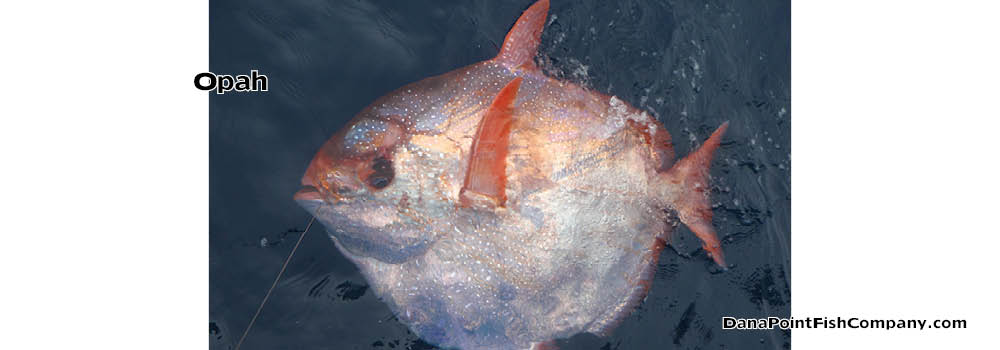It was recently discovered that the opah, also called the ‘moonfish,’ is the first known warm blooded fish.
From Live Science, who reported on the recent publishing in Science journal:
Researchers first suspected that something might be strange about the opah after analyzing a sample of the fish’s gill. According to the new study, published today (May 14) in the journal Science, the blood vessels in the tissue are set up so that the vessels carrying cool, oxygenated blood from the gills to the body are in contact with the vessels carrying warm, deoxygenated blood from the body to the gills. As a result, the outgoing blood warms up the incoming blood, a process called counter-current heat exchange.
The full report, Whole-Body endothermy in a mesopelagic fish, the opah, Lampris guttatus, can be found inside Science magazine. The abstract from the report is below.
Endothermy (the metabolic production and retention of heat to warm body temperature above ambient) enhances physiological function, and whole-body endothermy generally sets mammals and birds apart from other animals. Here, we describe a whole-body form of endothermy in a fish, the opah (Lampris guttatus), that produces heat through the constant “flapping” of wing-like pectoral fins and minimizes heat loss through a series of counter-current heat exchangers within its gills. Unlike other fish, opah distribute warmed blood throughout the body, including to the heart, enhancing physiological performance and buffering internal organ function while foraging in the cold, nutrient-rich waters below the ocean thermocline.
Above image of opah is from NOAA Fisheries, Southwest Fisheries Science Center.

